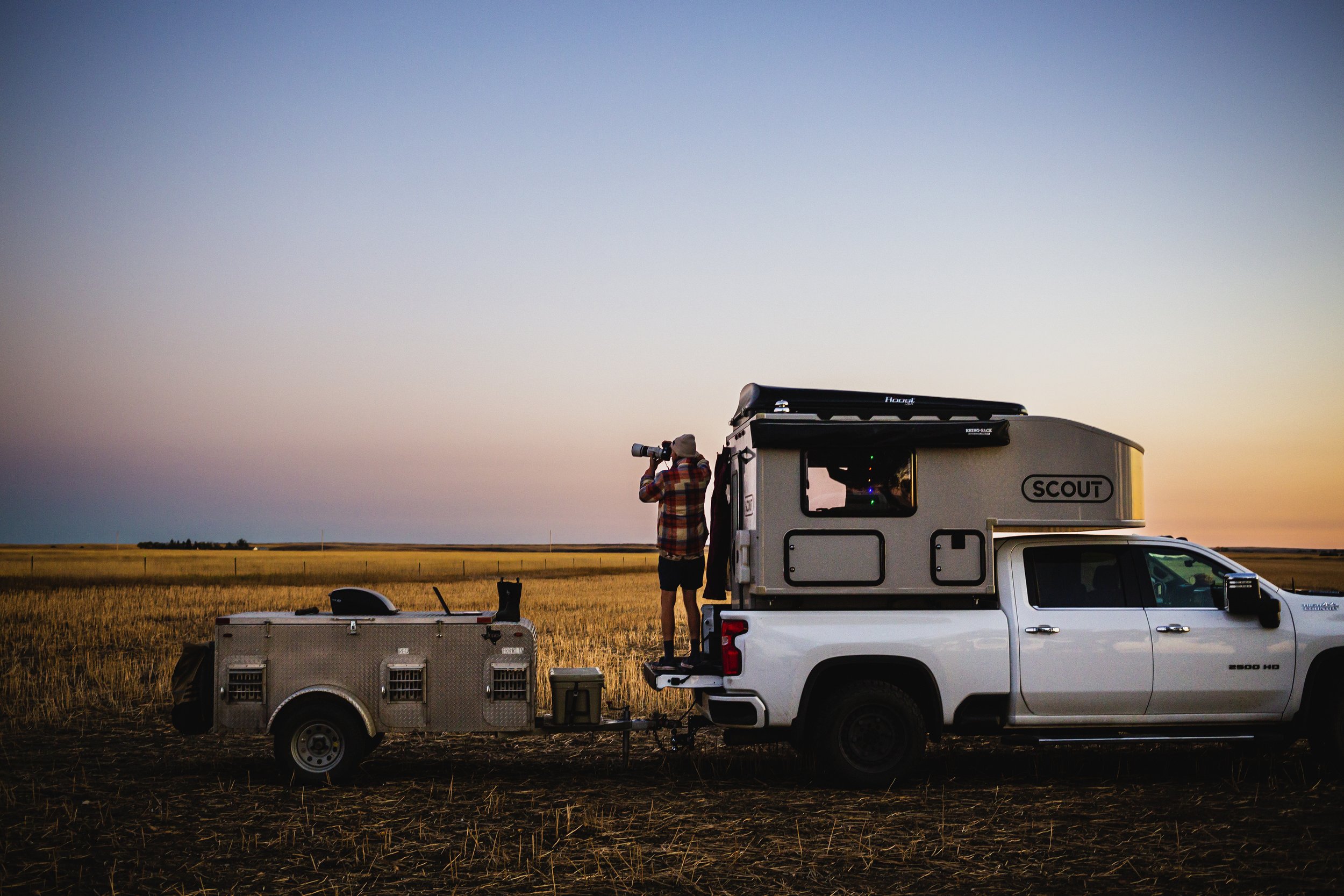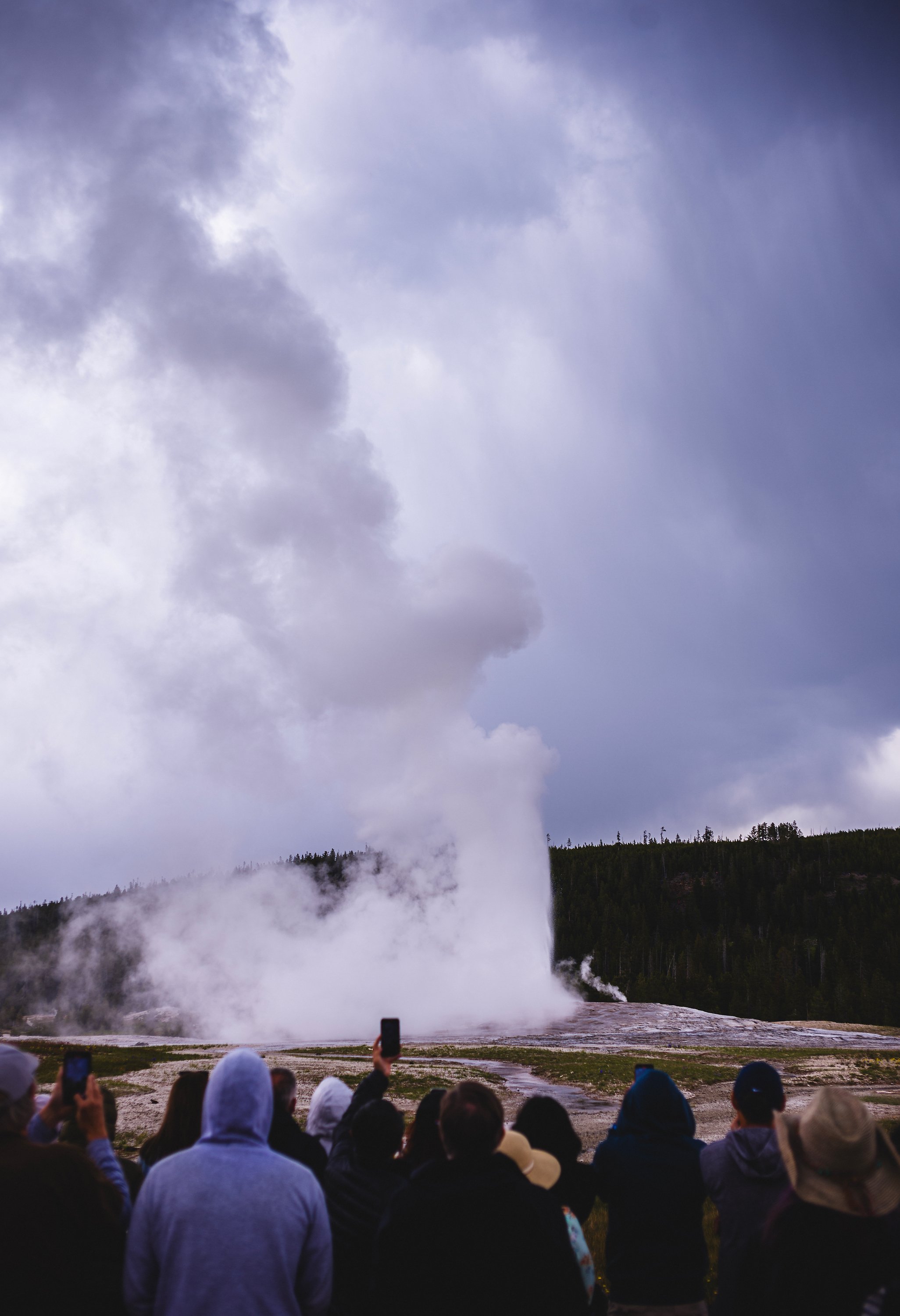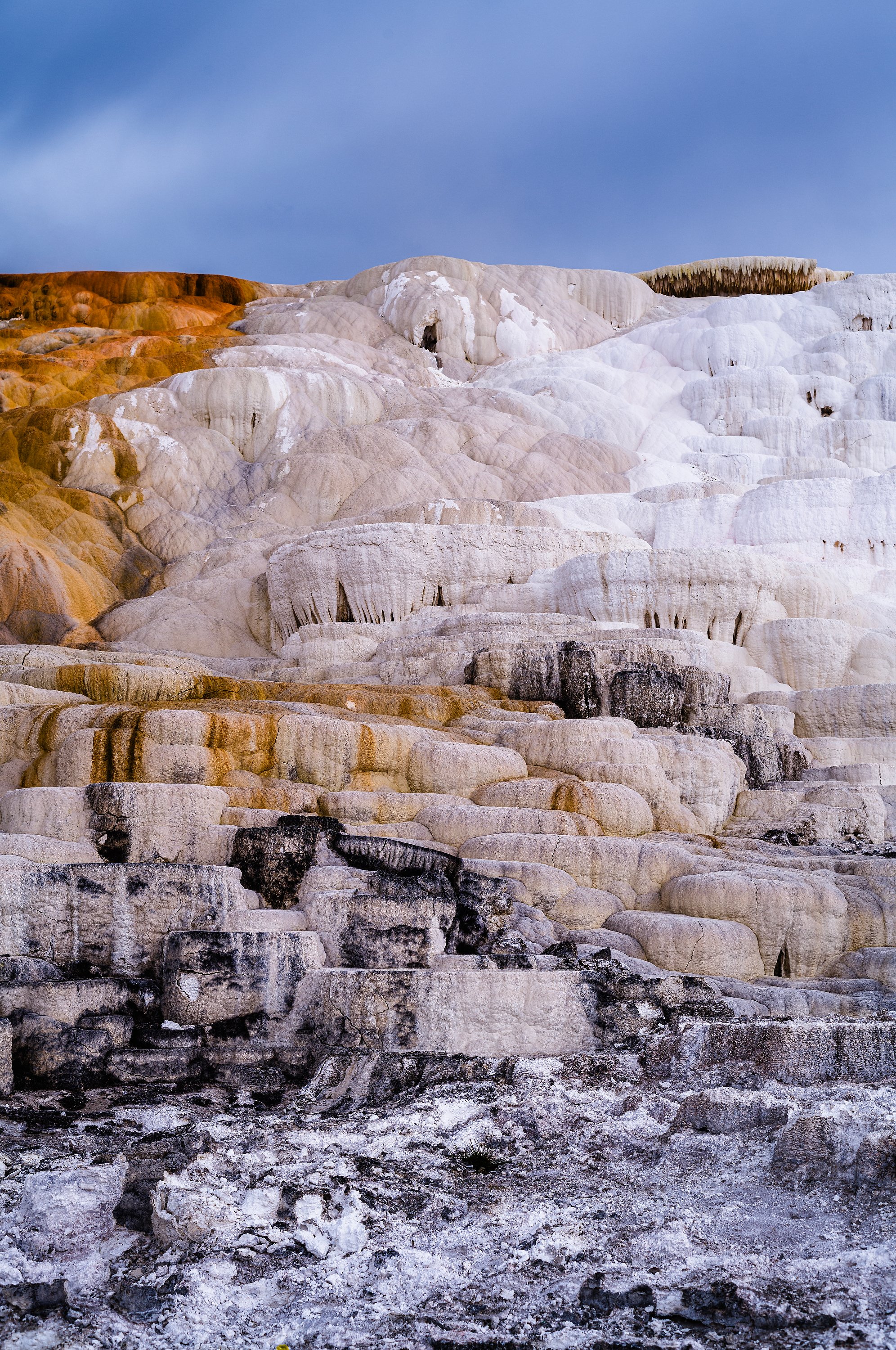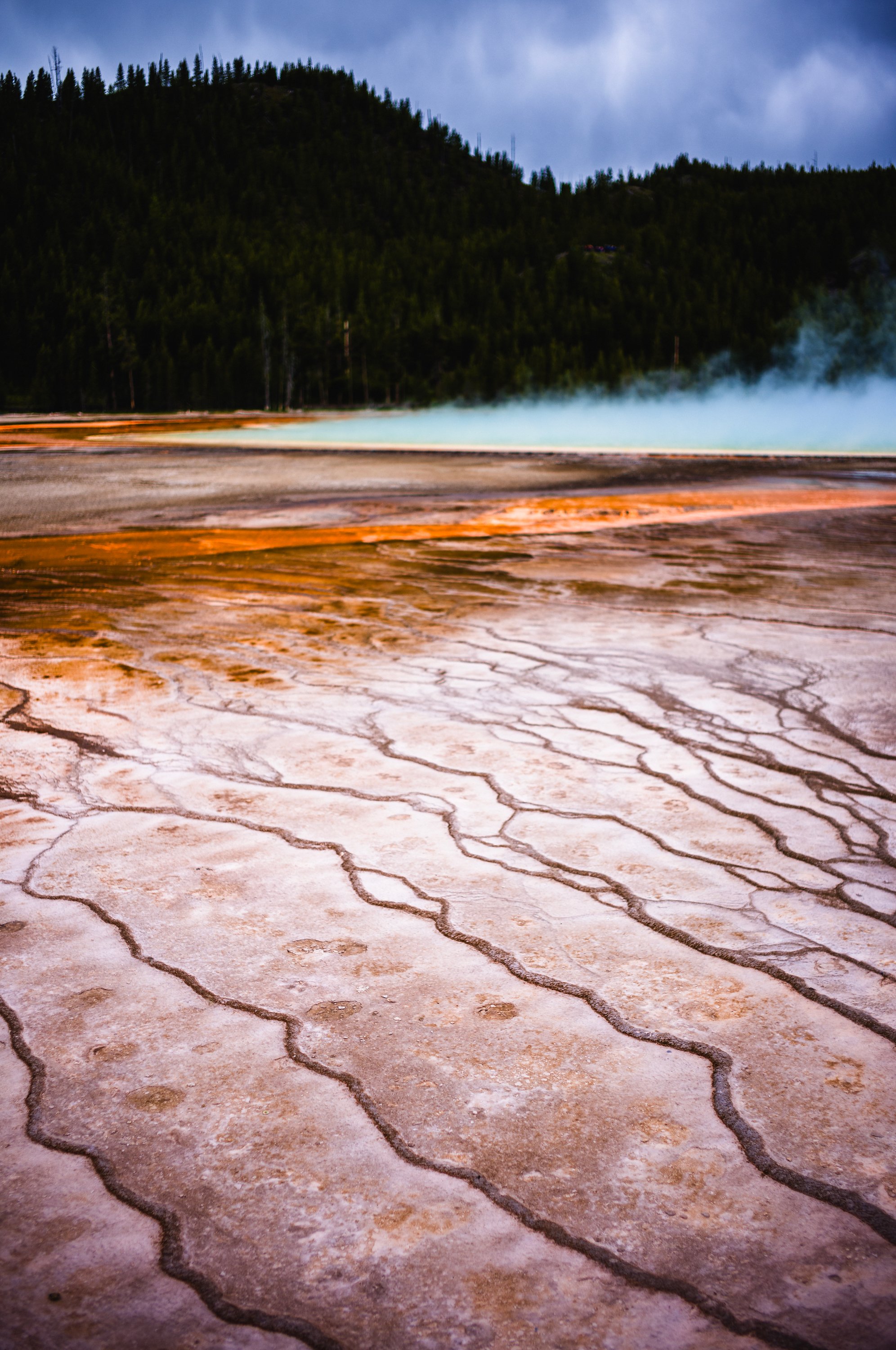
Yellowstone National Park
Grand Canyon of the Yellowstone // This dramatic chasm, the result of the erosive power of the Yellowstone River has carved its way through layers of volcanic rock over thousands of years, The canyon has grown to an astounding 24 miles long and as much as 1,200 feet deep. The walls are a stunning array of colors, thanks to the combination of hydrothermal alteration and the natural iron compounds in the rhyolite rock.
You’ve been everywhere else but here.
Preserving Nature Since 1872
Grand Canyon of the Yellowstone // This almost unbelievable chasm formed by the Yellowstone river has carved its way through layers of volcanic rock over thousands of years. The canyon is 24 miles long, between 800 and 1,200 feet deep, and varies in width from 1,500 to 4,000 feet. Its walls are a strikingly multicolored, thanks to the combination of hydrothermal alteration and the natural iron compounds in the rhyolite rock. These hues are so vivid that early explorers and visitors found them hard to believe, often describing the landscape as something "painted" or "unreal."
The canyon played a pivotal role in the expeditions that led to the establishment of Yellowstone as a national park. Artists and photographers, such as Thomas Moran and William Henry Jackson, captured its grandeur in their works, helping to inspire the American public and policymakers to preserve this extraordinary landscape for future generations. Their art and documentation were instrumental in convincing Congress to establish Yellowstone as the world's first national park in 1872.
The water from the Yellowstone River plays a key role in the park's ecosystem and has far-reaching impacts beyond its boundaries. Within the park, the river and its tributaries create a complex aquatic habitat that supports a diverse range of species, from native cutthroat trout to various types of waterfowl. The water also nourishes the park's meadows and wetlands, which in turn support large mammals like bison and elk.
Spotlight // a landscape with the power to preserve
| South Rim Trail // Yellowstone National Park
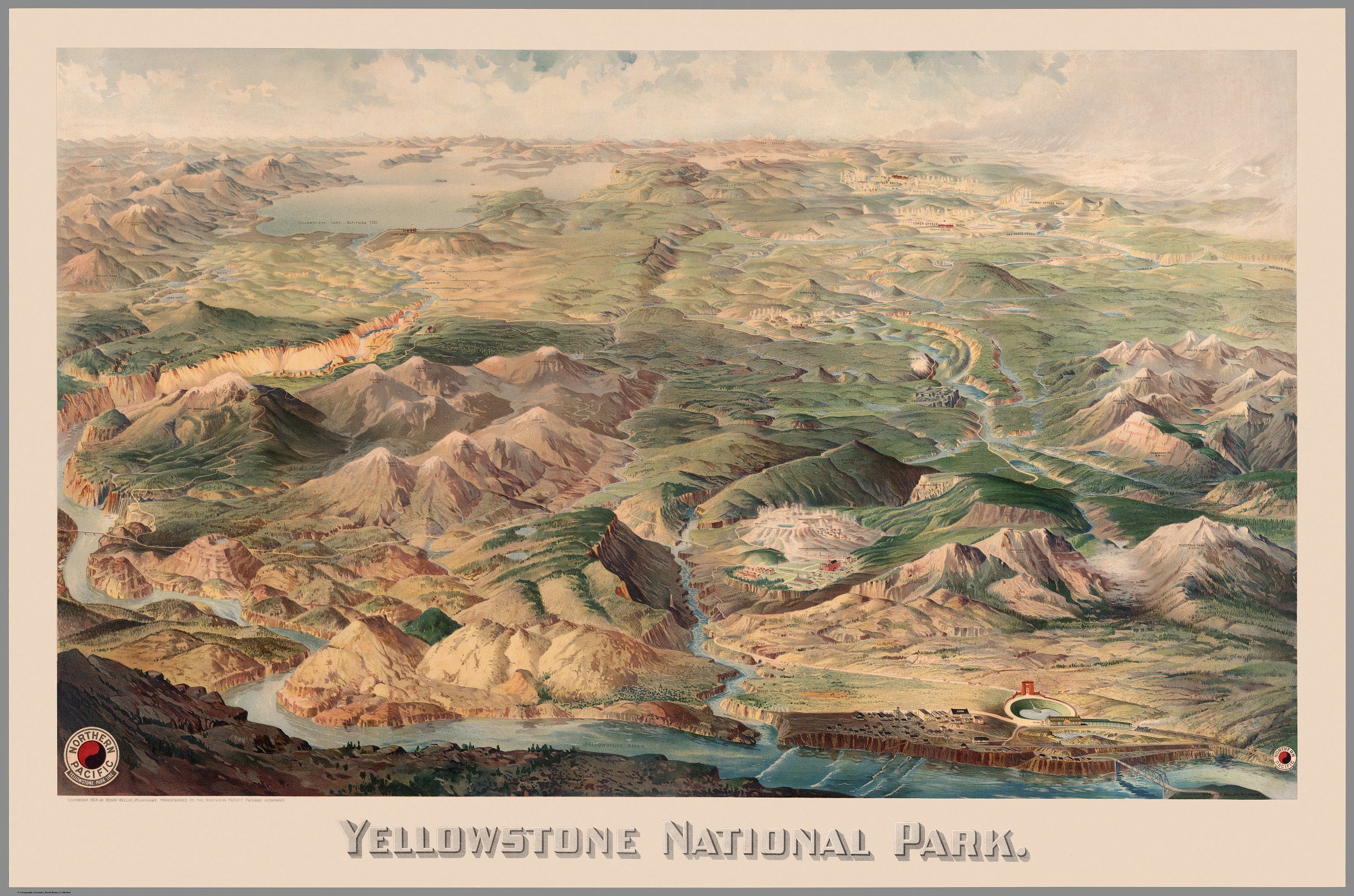
A short history of still photographs, artistic works and their influence on the creation of the National Parks
Thomas Moran's "Chromospheric View of the Upper Yellowstone Falls" (1872): This vibrant watercolor, displayed in Congress, is credited with swaying public opinion towards park protection. Rep. Nathaniel P.Langford described it as "the greatest picture upon canvas ever painted by an American artist."
William Henry Jackson's black and white photographs: Jackson's detailed images offered a more realistic view of the canyon, contrasting with Moran's artistic interpretation. These photos convinced skeptics who doubted the descriptions of Yellowstone's wonders.
President Ulysses S. Grant's quote: Grant, upon seeing Jackson's photos, reportedly remarked, "If people don't believe this is real, I will have to take them all there myself." Sounds like someone I would get along with.
Ferdinand V. Hayden's 1871 survey report: Hayden, the leader of the US Geological Survey of Territories,included several of Jackson's photographs in his report to Congress. These visuals served as crucial evidence, showcasing the unique landscapes and resources deserving of national park status.
Establishment of the "Hayden Survey Photographs Project": Recognizing photography's impact, Congress funded this project in 1872 to document Yellowstone and other potential national park sites. These photographs became critical tools for public education and park promotion.
Quote from William Henry Jackson: "I was simply the first photographer to catch and fix ... the wonders of that marvelous region.” Despite his humility, Jackson changed the world by bringing Yellowstone's breathtaking beauty to a wider audience and fueling the movement for its protection.
Thomas Moran 1872 // This vibrant watercolor, displayed in Congress, is credited with swaying public opinion towards park protection. Rep. Nathaniel P.Langford described it as "the greatest picture upon canvas ever painted by an American artist.
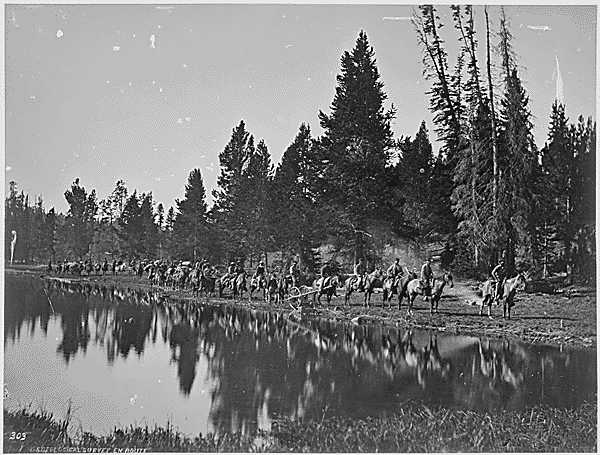

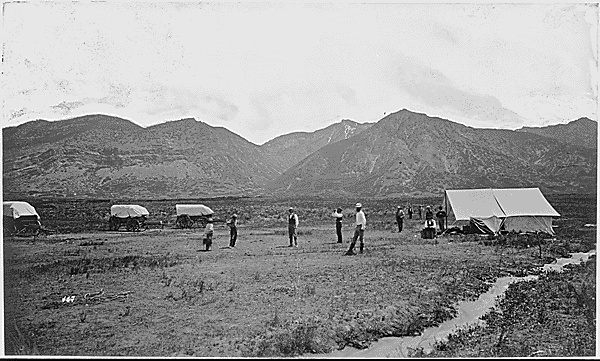
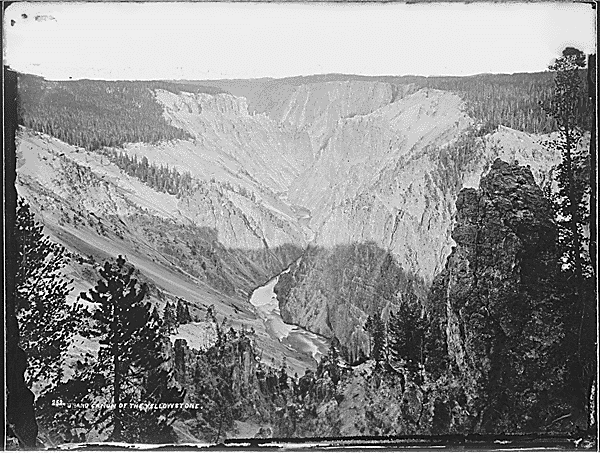

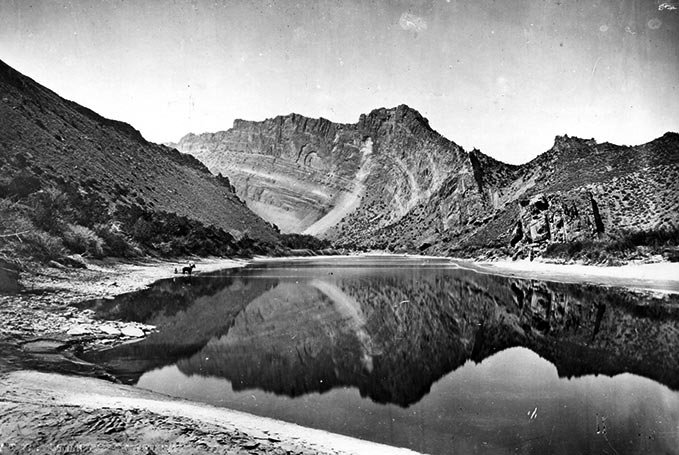
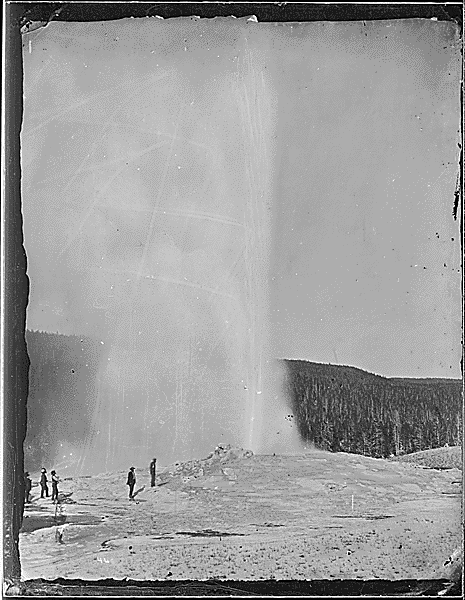
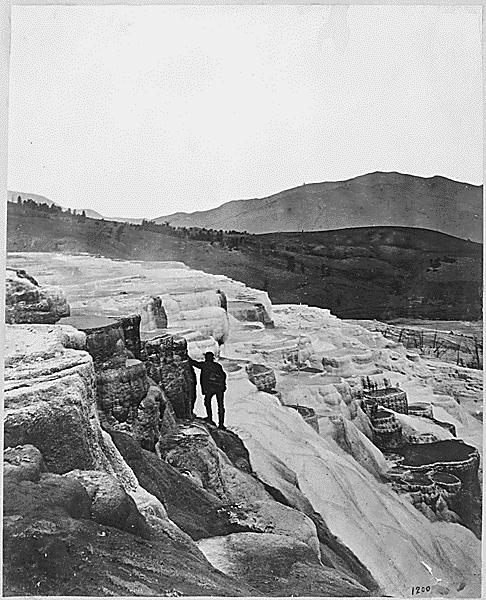
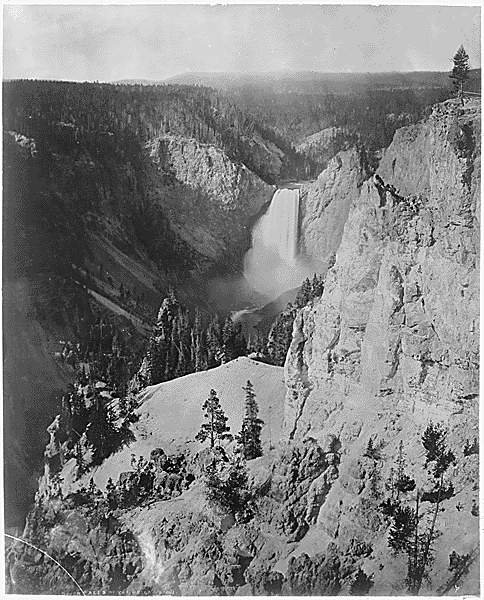

Join The members-only Travel Library
stop working. start traveling.
OFF THE GRID // The American Serengeti, the Lamar Valley is worth an entire day of your itinerary in the park.
Old Faithful & Grand Geyser
The Grand Geyser // the world’s largest predictable geyser, pumping 200ft tall for 9-12 minutes. Below, crowds gather for over 90 minutes to witness the eruption (bring a chair!)
Mammoth // north entrance
As early as the 1870s, explorers marveled at this geothermal oasis, drawing crowds eager to witness its otherworldly beauty. Fort Yellowstone, established in 1886, left its mark in the form of sturdy red-roofed buildings, now part of the Albright Visitor Center, whispering tales of soldiers tasked with protecting this natural wonder. Today, the legacy of both nature and history intertwines at Mammoth, offering a glimpse into the park's past while taking you through a natural scientific laboratory. If you enter the park from the south or east, near Jackson Hole, the northern most entrance to the park is a hike, but well worth the time. Mammoth Hot Springs is unmissable. Just stay on the boardwalk 007!
